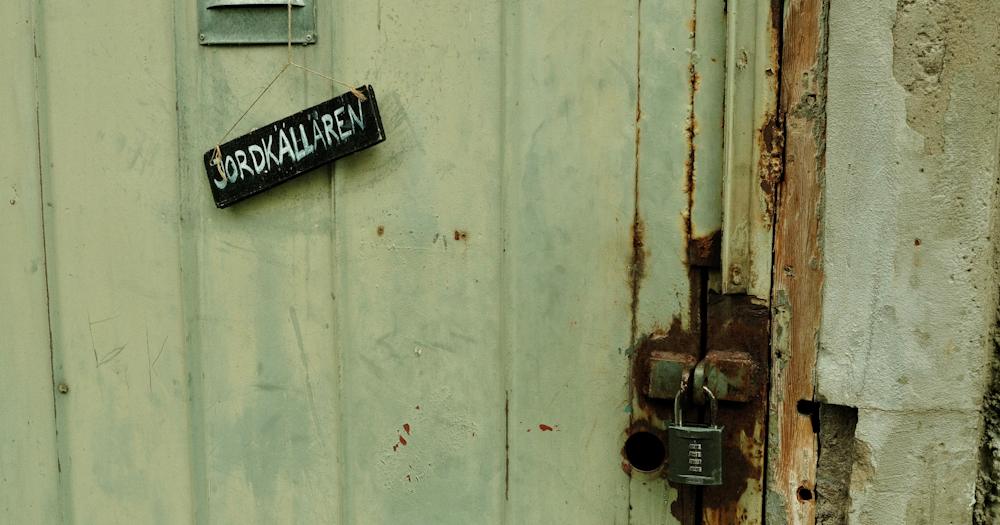
Resource-efficient local resilience in housing development
From individual crisis preparedness to strategies for circular resource flows in the sustainable city.
PROJECT INFORMATION
Timeline
March 2024 – March 2027
Total cost of project
7 998 413 SEK
Swedish Energy Agency’s project number
2023-01534
Coordinator
Konstfack University of Arts, Crafts and Design
Particpants
Konstfack, KTH Royal Institute of Technology, Södertörn University, Lund University, Arkitekturinstitutet, Boodla, City of Borås
Project manager and contact
Loove Broms: loove@kth.se

Building on a popular interest in “prepping”, we will explore how existing driving forces could contribute to an accelerated sustainability transition. Due to the pandemic and the war in Ukraine, we have seen how disruptions in global supply systems for resources such as electricity, water, and food have affected Sweden. Authorities emphasize that individuals should be able take care of themselves for a week during a crisis, for example through the so-called “crisis box” – but how does existing housing support this preparedness in the short and long term?
The crisis scenarios of the prepping culture are interesting as they assume that large-scale supply systems are disrupted, and they develop strategies that ensure local access to essential resources. In this project, an interdisciplinary group of researchers and practitioners examines how the crisis management strategies of prepping can be scaled up and how the home can become a hub for local resilience.
The project we are using norm-critical design prototypes to make visible structural problems within both the prepping culture and today’s ‘total defence’. Speculative design transforms prepping strategies into artifacts and infrastructural systems.
We investigate how a local and circular system of resources, such as electricity, heating, water, and waste, can be constructed and integrated into a larger architectural system in the form of the home, the residential building, the residential yard, and ultimately the neighborhood.
From a design, architectural, and planning perspective, the project will focus on scaling up the existing prepper strategies we have examined to see how they can contribute to plans for apartments, residential buildings, courtyards, and neighborhoods. In connection with this, we will explore current regulations hinder or enable local resilience and propose policy and regulatory changes that can support such local resilience.
A reference group consisting of Boverket (the Swedish National Board of Housing, Building and Planning), Uppsala County Board, MSB – The Swedish Civil Contingencies Agency, Malmö Municipality, and KTH is connected to the project.